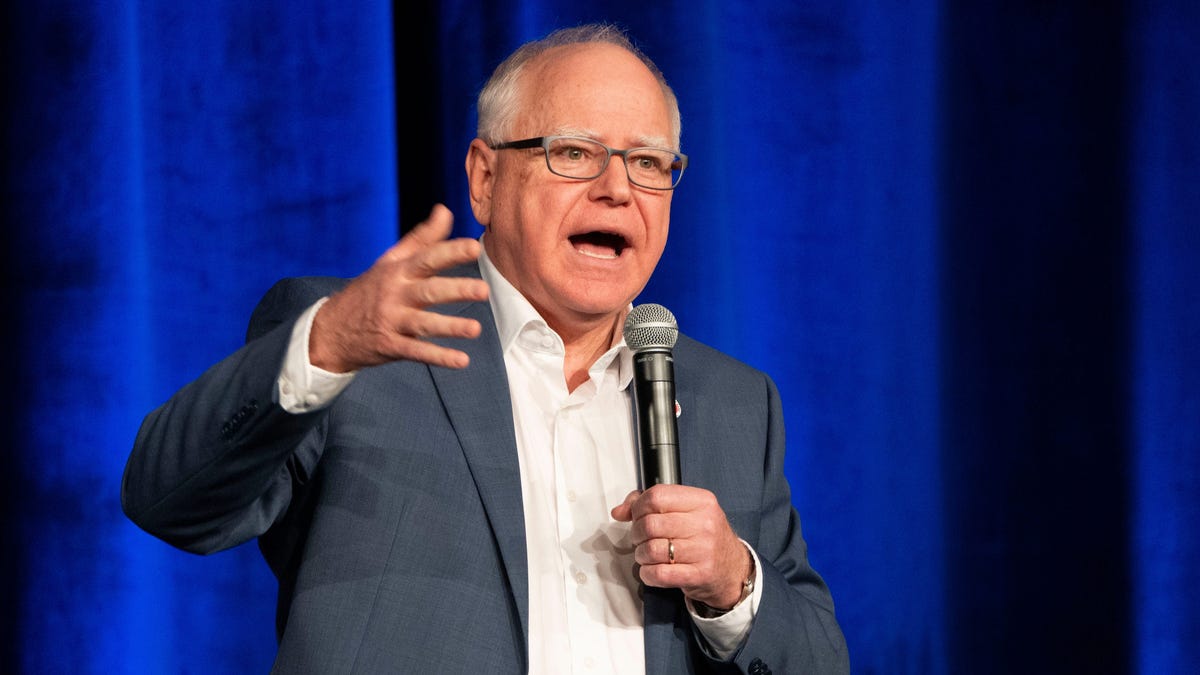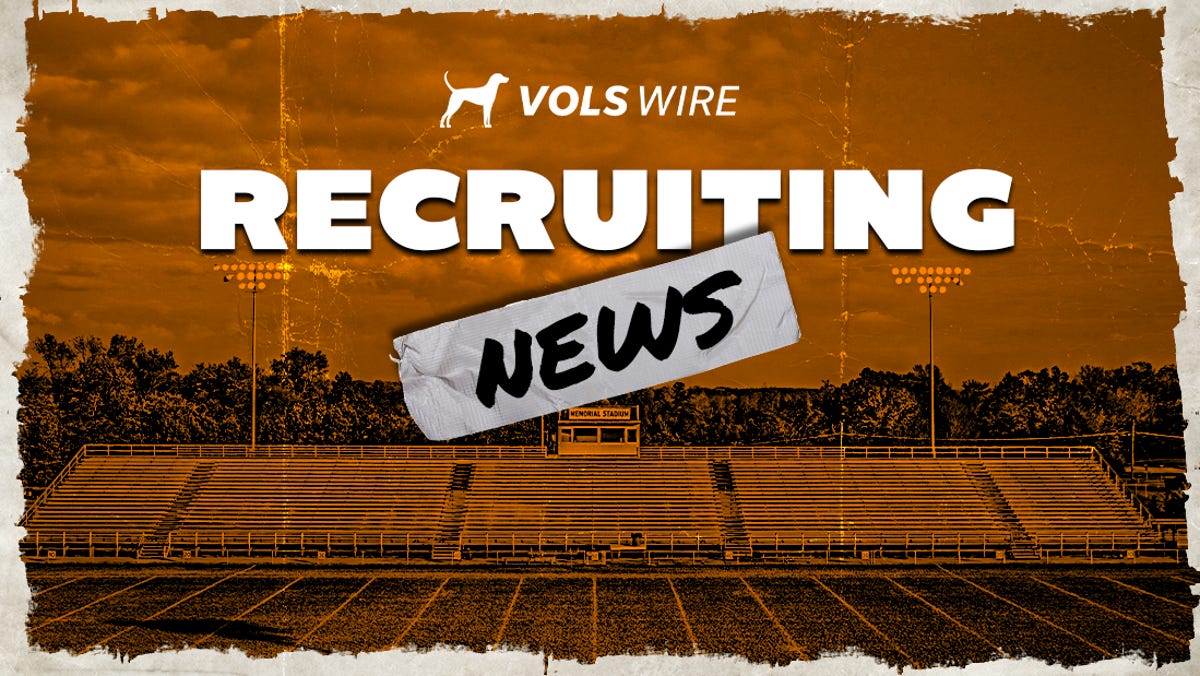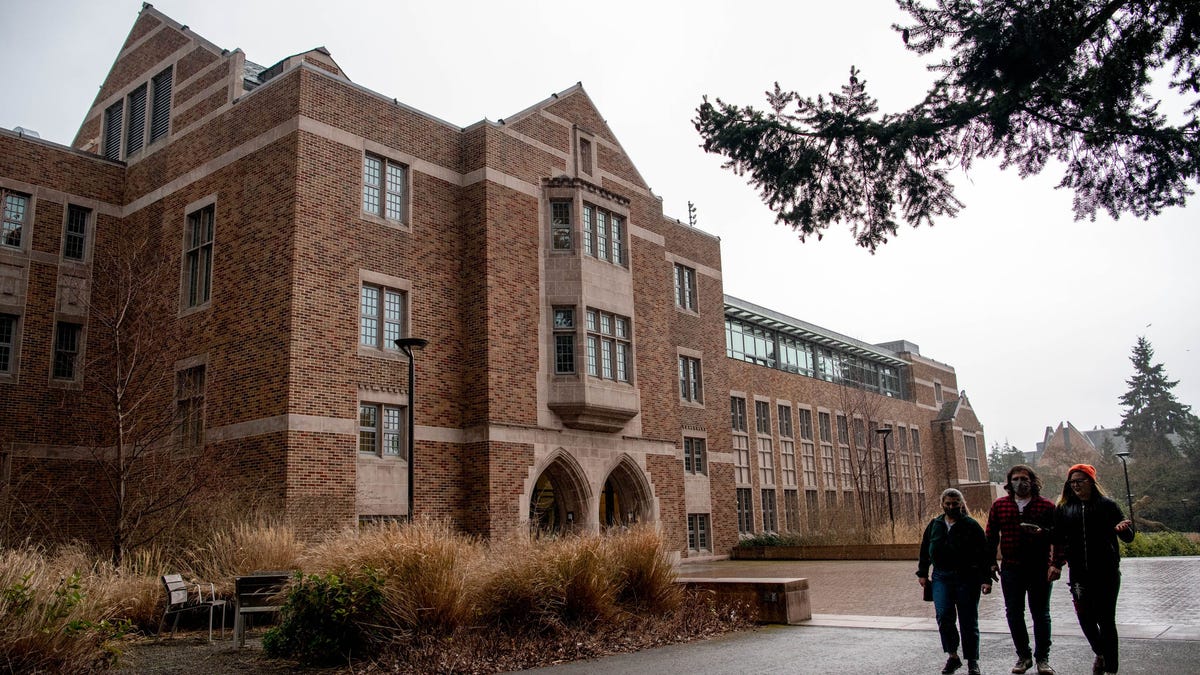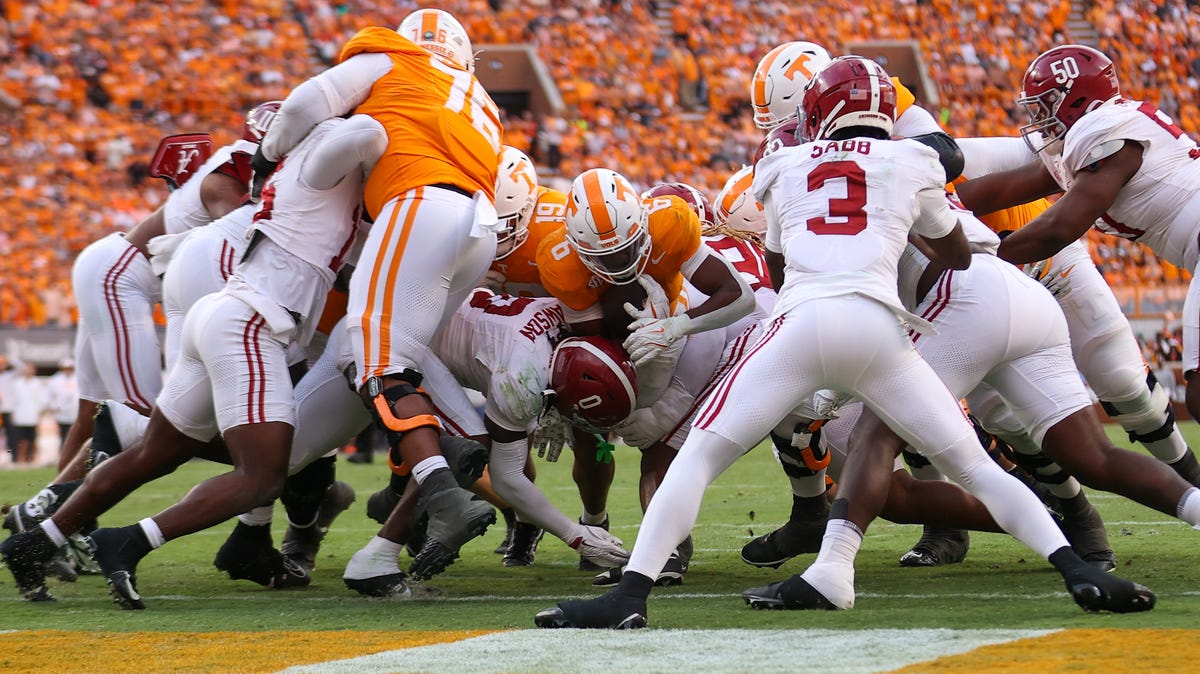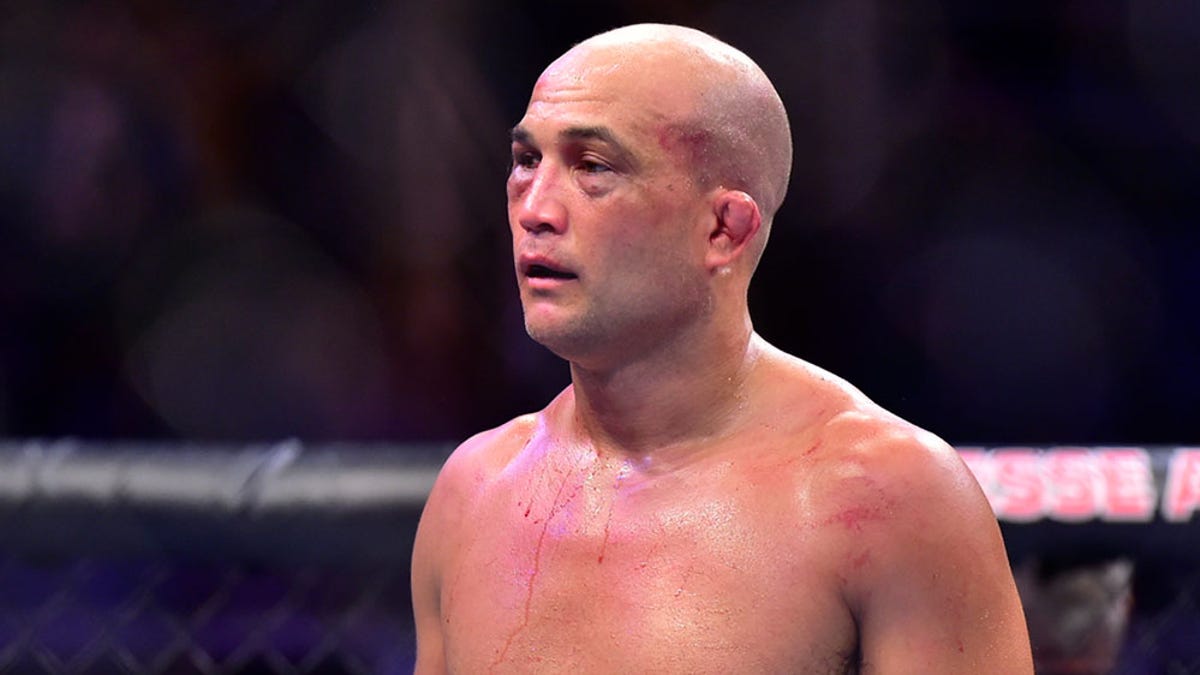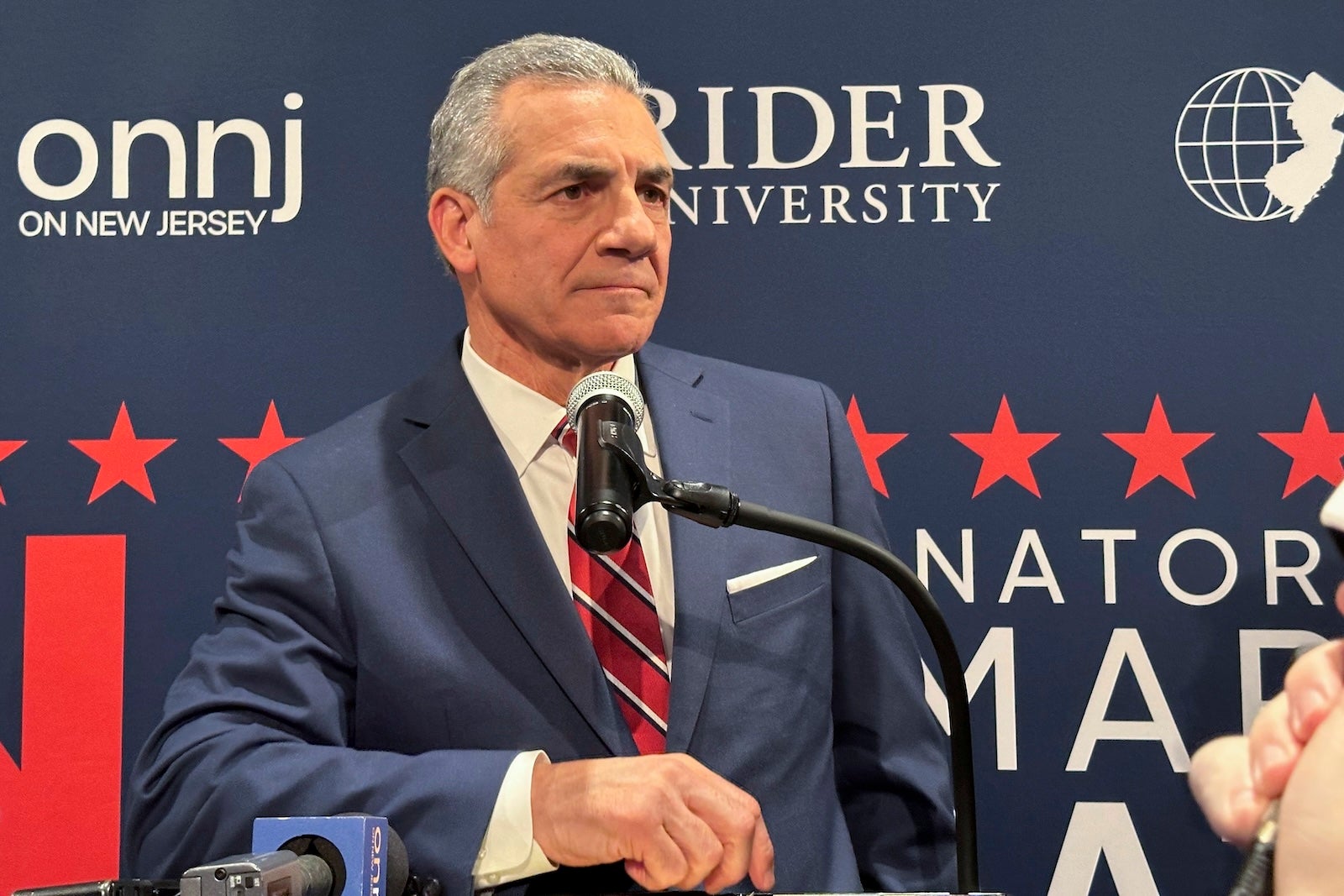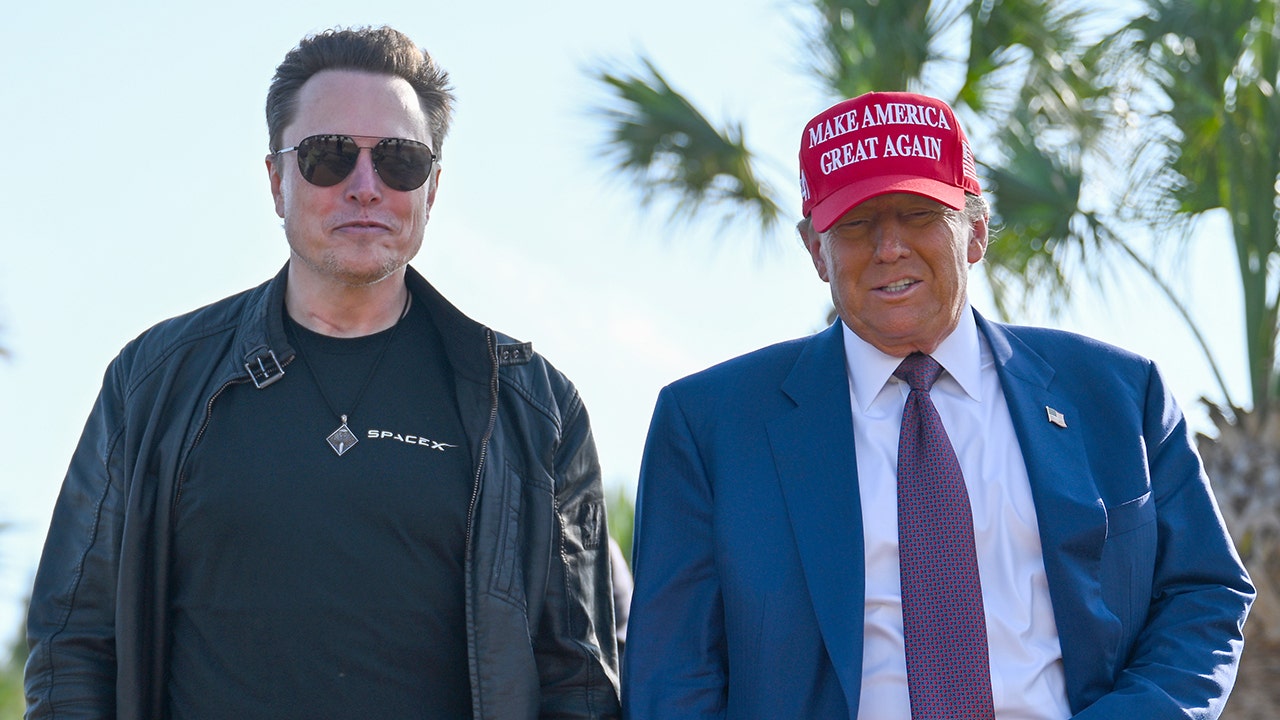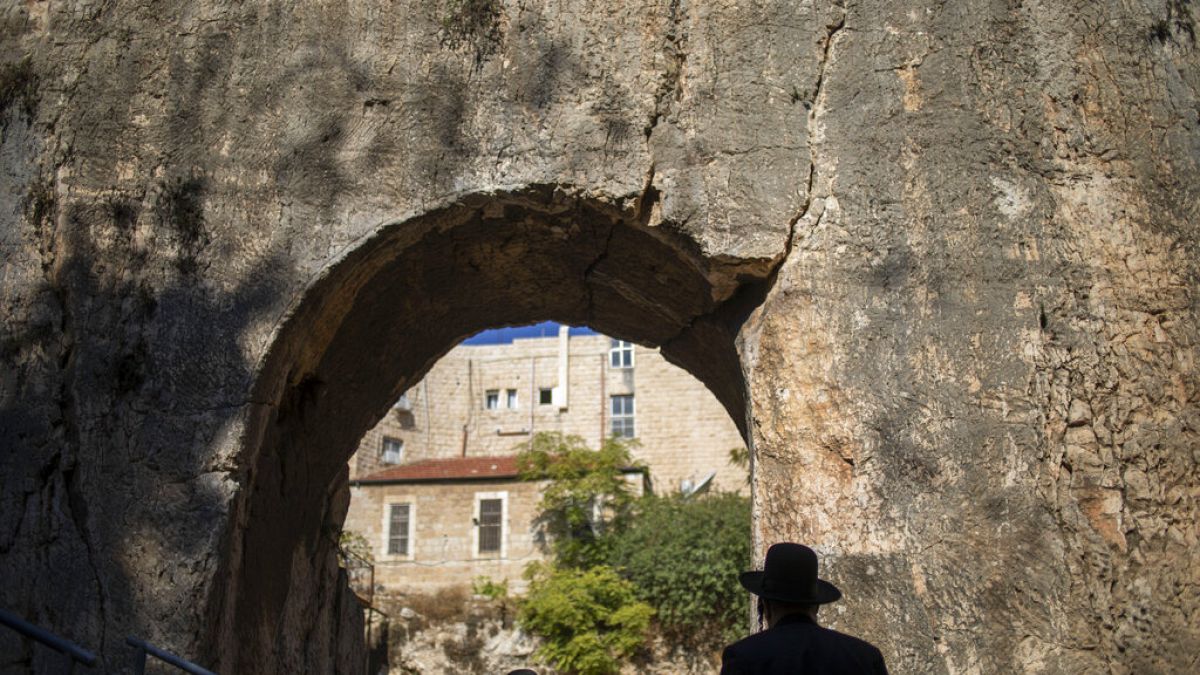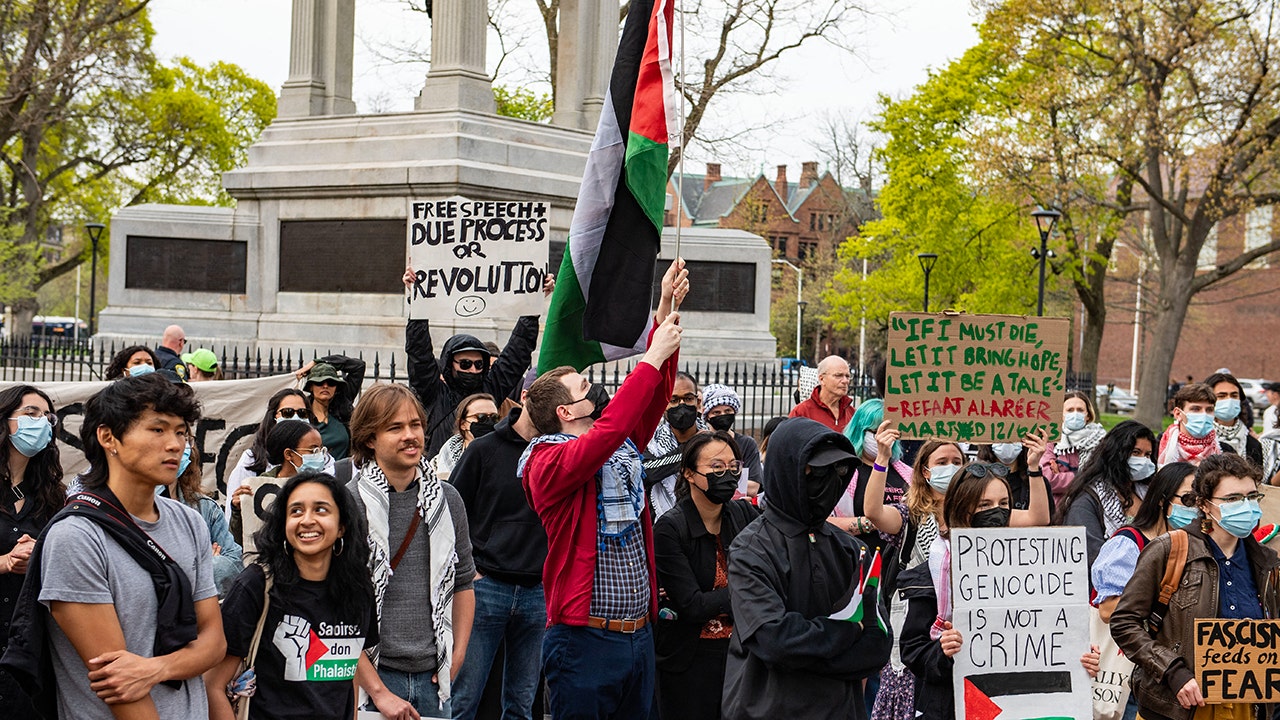Detroit, MI
Q&A: Robert Cramer, head of Detroit bus system, wants to rebuild trust with riders

Robert Cramer took the helm of the Detroit Department of Transportation in early January. The former head of the agency that oversaw the Detroit People Mover, Cramer now is in charge of a system with more than four dozen routes, nearly 300 buses and more than 5,000 bus stops.
Creating a safe and reliable bus system is his main goal for DDOT, and he understands that achieving that goal depends on a lot of moving parts and also rebuilding trust with riders. He and others believe DDOT is making progress and there is data to back up that assertion. Cramer spoke with Detroit News reporter Louis Aguilar about his new role and the importance of public transit in Detroit.
Question: Could I just ask the basic question — why did you want this job?
Answer: I thought this was a great opportunity, because I think there really is an incredible chance to make a big difference. As part of what makes me, you know, get up and come to work every day through my transit career, is that you get a chance to impact — hopefully for good, sometimes not so good, depending on how you do — tens of thousands of people every day.
DDOT has been around in one form or another for over 100 years. Certainly, there’s a lot of pride in honoring, in joining, that kind of organization. Being part of the city of Detroit team is something that I was excited about. At the People Mover, I had kind of got a taste of it, as the People Mover is an ancillary organization. It’s not a city department, but (I) got a good flavor there, just as a professional working with the team members of the city, the council members and their staffs every day. It’s clear that all of those people all want the city to move forward and be the best they can for the residents every day. This wasn’t a hard choice.
Q: You’ve had a career in transit. I’m just curious what drives a person to be passionate about transit, mass transit, especially in Detroit?
A: So, my background is in planning and transportation planning and GIS mapping. I’ve always kind of had that interest in in transportation, especially from a planning and community impact perspective. I started my career in the private sector doing planning and transportation plans and stuff with contracts with MDOT (Michigan Department of Transportation), with counties, cities, even in other states. I got a good feel for how transportation can really impact people, businesses, people of all ages, communities can really be affected for good or for bad with transportation. And I had an opportunity to go to SMART (Suburban Mobility Authority for Regional Transportation) and work. I started there in the grants department, which is really helping find money for different projects. And from there, I worked my way up. The more and more I worked in it, the more you really get a sense for how it impacts people. It’s pretty unique. There’s a lot of different pieces that make the bus go, so to speak.
I don’t think I’ve told this story before, but my grandfather grew up in the east side of Detroit, and I’ve got over 20 cousins. But I was one that was always kind of willing to go on whatever adventure he wanted to go on. I remember he could name every church steeple and how many parishioners were there, you know, just by seeing a little piece of it as we would drive around the city. He would always say that what the city really needs is better mass transit. Like, I don’t know how he got to that, but he would say that. I do think about that from time to time. It’s not something when you’re growing up, you’re like, “Well, I really want to, you know, be in charge for transit agency.” But it’s something that is very rewarding.
Q: I’m sure you’re aware how often young people and others who care about the economic progress of the city bring up their concerns about mass transit. Mass transit is something they see lacking. I don’t know what your impression is about that, about how much you can change that, or how much you think you can change that?
A: Change the impression, yeah, well; providing more reliable service is a way to get there. The overarching vision, message, guiding principles, is we want to provide safe and reliable service that thinks about making the customer experience the best it can be. Regardless of whether our schedule says there’s one bus that’s coming every day or whether we have a bus that’s coming every five minutes, those are still the same principles you can use. For us to make progress, we have to rebuild the trust and reliability that people see in the system, so that we’re moving from — and I don’t know if we’re exactly this point right now — but we’re in that neighborhood of “How much longer until I can save up enough money to not have to rely on the bus?”
We don’t move out of that, that layer of the atmosphere, into “Hey, this is really an attractive, reliable alternative.” But maybe it only goes half the places I want to go, so they’re kind of moving into that realm of “OK, well, when I need it, and it goes where I need to go, now I can count on it.” Now you can build on top of that — where are places we can ramp up service? Are there new connections we can make? Can we have better coordination with SMART or with the People Mover or with other services so that now we’re adding, we’re moving up to that next tier, and eventually, if you keep building in that way, then now you get to a higher quality transit system. That’s the only way, really, to convince people. There’s nothing I can say where they’re going to say, “Oh, yeah, you’re right. It’s not a problem.”
Q: So, one of the goals is to expand service, add more routes and buses?
A: Short answer is yes. The question is, how much? If you’re sticking to the values of safe, reliable service with a good customer experience, we want to make sure that we don’t get to the point where the schedule is more than we can deliver. So that’s how we’re going to decide how we go, right? The City Council could say tomorrow we’re going to triple the budget of DDOT. But that doesn’t mean anything, unless we can magically triple the number of buses and triple the number of drivers that are hired.
The attractiveness of DDOT and of transit as a whole is to start with: the service is safe and that you can rely on it. Meaning, if it says it’s going to be there, it’s going to be there, and if it’s not going to be there, we find a way to let people know that. We’re going to keep pushing for this and this is high on the mayor’s priority list. All the council members I’ve talked to, all want us to put out as much service as we can. I think you’ll see that that’s what we’re going to do each quarter; each quarter is when we have our service adjustments. Each quarter, we’re going to be moving up at steps that we believe we can keep maintaining the reliability while continuing to ramp up the overall service.
Q: Do you have a goal, like a percentage of whatever service reliability, like 80% of on time?
A: The industry average is 80% on time performance. Right now we’re really close. I think last week we were at 78%. Also, we look at pullouts, so that’s making sure the buses we need to leave the terminal are out on the road, because if they’re not on the road, they’re certainly not providing the service. Last week, we were at 98% pullouts, meaning they got out on time with a driver that’s in the bus. So those are the things that we track. There’s also about 3,000 other things that we track, all trying to help us inform. You know, are there adjustments we can make to the schedule? Are there adjustments we can make to the routing, to the way buses have different pieces of work lined up? There’s lots of variables that you can adjust that can impact performance. One thing I was really excited about coming to DDOT, is they do have a lot of data. They have put effort into making sure that it’s quality data and that they have it in ways where it can be really analyzed and manipulated. That can help inform our decision.
Q: On your website, it shows that since March 2024 more than a million people have used DDOT every month. That seems a considerable jump compared to the previous months that’s on the website. Why the increase?
A: It’s important to put in context. Our ridership is still not all the way back to where it was pre-pandemic. This is kind of the same thing we were dealing with the People Mover, like we celebrated having one million rides on the People Mover last year, and that was with three months closed. So it was worth a milestone, worth celebrating. But pre-pandemic, most years we had over 2 million rides.
So, what you’re seeing, which is a marked increase from last year, means that we are making progress, not only with the service on the street, but also the reliability that makes people want to use it. If it’s not reliable, then people will do everything they can to find another alternative, or maybe they won’t have a job, they won’t go to the doctor, all that sort of thing. It’s reflective of the progress we’re making. But it’s it is not mission accomplished. Next year, you should be asking me the same question.
Q: So last year, we did report that one-third of DDOT buses were routinely out of service due to repairs. The mayor said at the time that represents about 96 of the department’s 292-bus fleet. Can you give an update on those figures and any context you want to provide with that?
A: The 96 that was reported in August had a lot of different layers to it. Some of those are, you know, there’s coaches. If they’re in a major crash, then that’s something that needs to be sent to an outside vendor. There certain tasks that rely on outside vendors. Sometimes we have to wait for a specialized part. Sometimes it’s a quick fix. So, within those 96 on any given day, there’s some that need more work and there’s some that need less work. The severity, whether it’s something down for a day or longer than that — that changes. There’s a lot that goes into that number. I’d say that’s a fair estimate.
Q: What is the percentage of your funding from federal sources?
A: The way that transit funding works is kind of complex. The federal funding that would be most impactful to DDOT’s operations is that it funds a high portion of our capital projects. So, all those buses we talked about; the hydrogen, the battery electric, and the hybrids, those are all federally funded with a state match. If that funding were to go away, then we don’t have the funding to replace that cycle of buses.
Q: I hear mass transit fans often say we should have had a subway. Do you think the region would be better off if we invested in subways long ago?
A: That’s a hypothetical enough question that I can say yes. I think the region would have benefited from having a subway, just because, I think that it’s something that drives economic development, it drives land use and growth. The more we can do to connect different neighborhoods and different communities is always going to be a win.
Q: What is the most common complaint you heard so far about DDOT from people who ride the bus?
A: To be honest, most of what I’ve heard in my little bit over a month is really appreciation and recognition that DDOT is moving in a positive direction. DDOT has really put a lot of effort into engaging the community, talking with advocates group, listening to City Council and their staffs, the Mayor’s Office, public partners, and most importantly, to just riders in general. Most of what we hear is, yes, we would like more, but we see that this is really improving, and we appreciate that. Again, that’s kind of what drives all of the staff at DDOT.
Q: How often do you take the bus?
A: Not as often as I’m about to. I used to ride SMART to work every day.
laguilar@detroitnews.com

Detroit, MI
Metro Detroit weather forecast May 27, 2025 — 11 p.m. Update
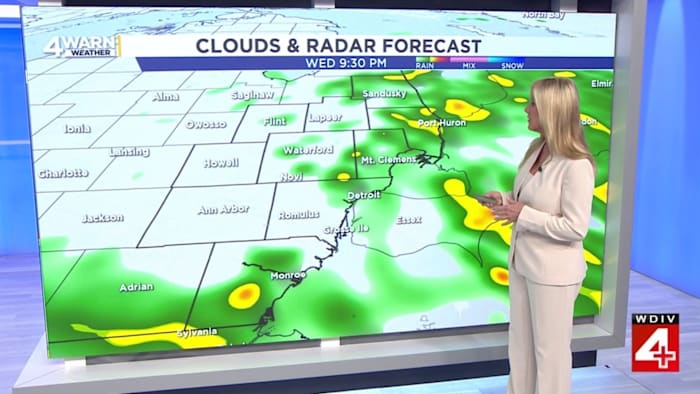
If you need help with the Public File, call (313) 222-0566
At WDIV, we are committed to informing and delighting our audience. In our commitment to covering our communities with innovation and excellence, we incorporate Artificial Intelligence (AI) technologies to enhance our news gathering, reporting, and presentation processes. Read our article to see how we are using Artificial Intelligence.
Detroit, MI
Investigation underway into Ypsilanti house fire

Watch CBS News
Be the first to know
Get browser notifications for breaking news, live events, and exclusive reporting.
Detroit, MI
Lions Veteran Defensive Tackle Chasing Super Bowl
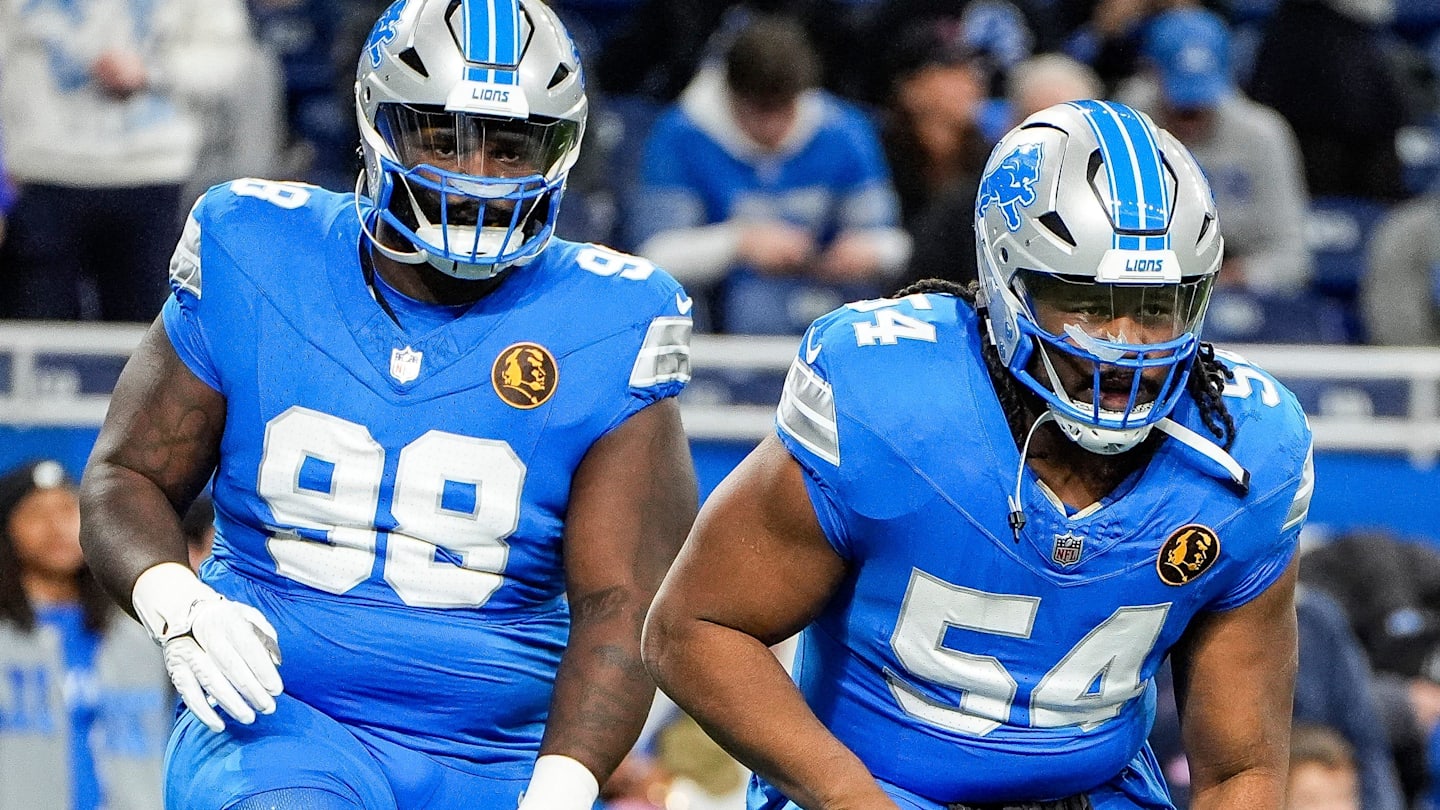
Detroit Lions defensive tackle DJ Reader is chasing an elusive goal that many National Football League player covet, a Super Bowl ring.
The former Bengals defensive lineman signed a two-year, $22 million free agent deal last offseason. In his first season in Motown, the veteran showcased he could come back again from a devastating leg injury suffered late in the 2023 season.
On separate occasions, Reader tore a quad muscle in his right and left leg and battled knee injuries.
“I’ve had a really, really good career. I’ve been blessed and fortunate to play for a long time, played good ball, played in a Super Bowl, had a good game, just hadn’t won it,” Reader recently expressed. “And so that’s really all that matters to me is really just winning one in whatever way and whatever part of the team I could be and whatever help I can do for this team to help win one. That’s my main focus.”
During the offseason, a segment of supporters and pundits were wondering if Reader was still part of the team’s plans.
Roy Lopez was signed in free agency and the team drafted Tyleik Williams to man the middle of the defensive line for several years.
The 30-year-old is entering training camp the healthiest he has been in several years and can still resume his role as one of the top nose tackles in the NFC.
Last season, Reader totaled 23 combined tackles, four tackles for loss and a career-best three sacks. In his nine-year NFL career, Reader has logged an even 300 tackles, 27 tackles for loss and 12.5 sacks.
“I think there has been some slight disrespect thrown on DJ Reader’s name this offseason as a cap casualty,” said Lions reporter Ben Raven on the latest “Dungeon of Doom” podcast. “Are you kidding me? They paid for DJ Reader for a reason. This guy is a game-changing nose tackle.”
-

 News1 week ago
News1 week agoMaps: 3.8-Magnitude Earthquake Strikes Southern California
-

 World1 week ago
World1 week agoPortuguese PM’s party set to win general election, fall short of majority
-
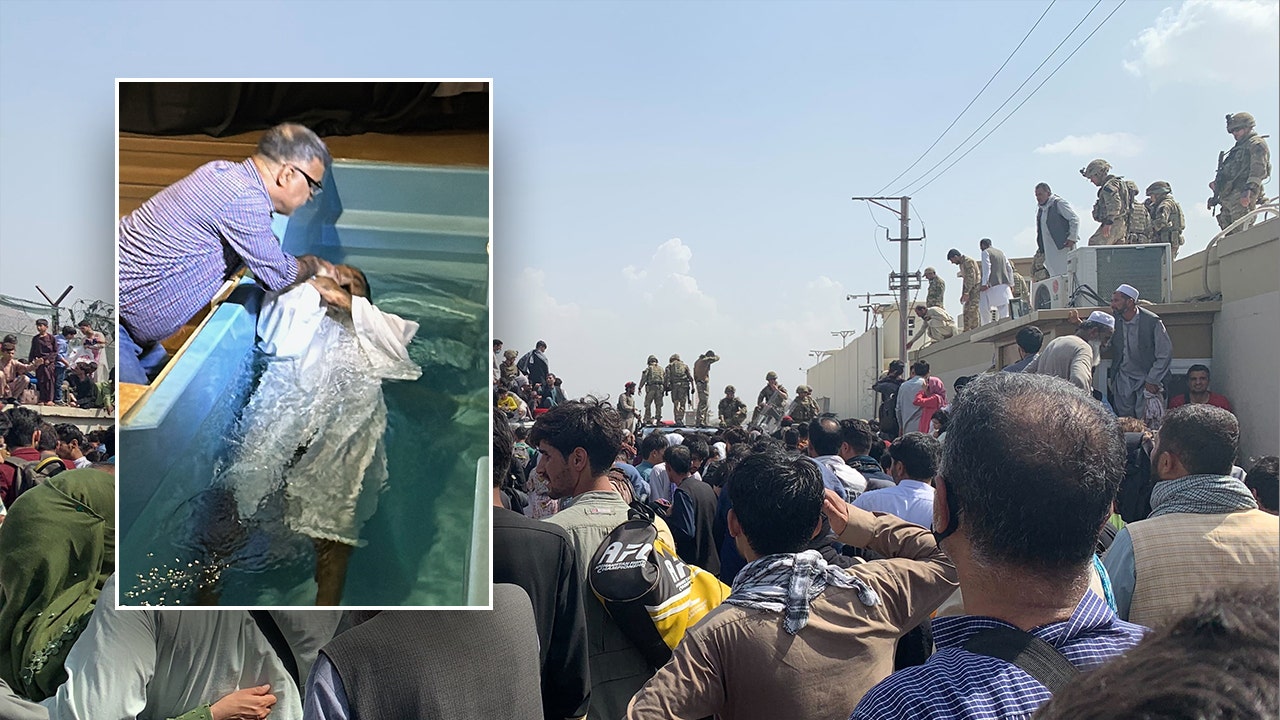
 Politics1 week ago
Politics1 week agoAfghan Christian pastor pleads with Trump, warns of Taliban revenge after admin revokes refugee protections
-
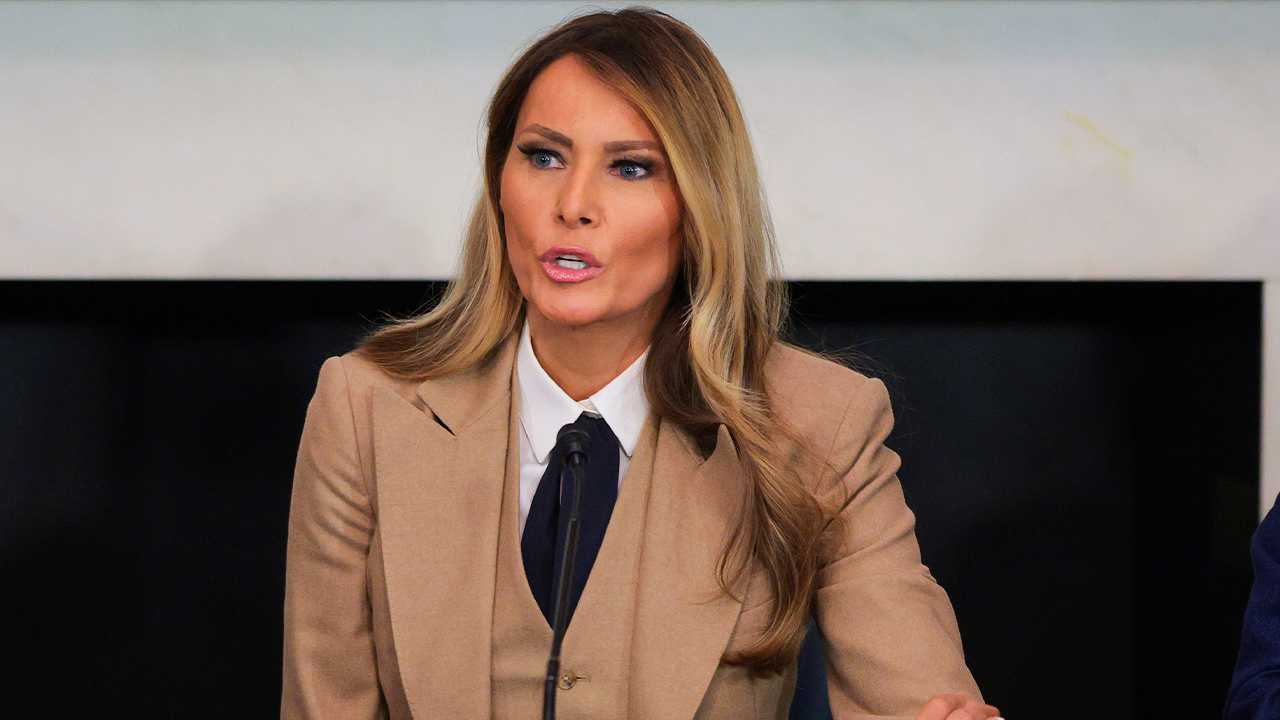
 Politics1 week ago
Politics1 week agoTrump, alongside first lady, to sign bill criminalizing revenge porn and AI deepfakes
-
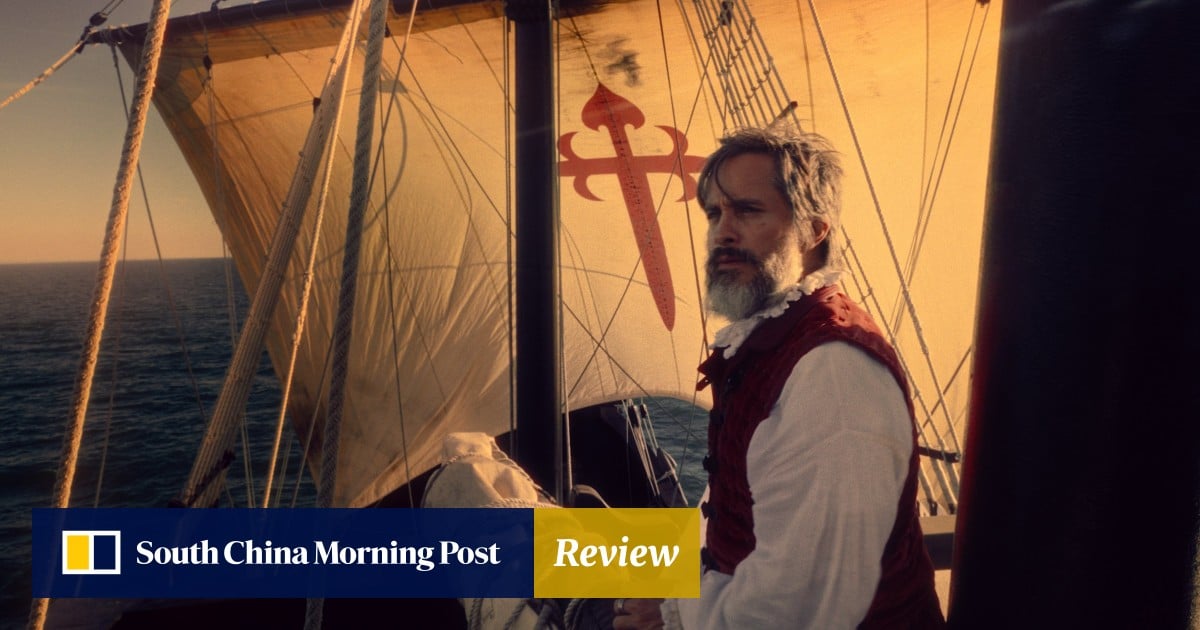
 Movie Reviews1 week ago
Movie Reviews1 week agoReview | Magellan, conqueror of Philippines, as we’ve never seen him before
-

 Politics1 week ago
Politics1 week agoExpert reveals how companies are rebranding 'toxic' DEI policies to skirt Trump-era bans: 'New wrapper'
-

 Education1 week ago
Education1 week agoHow Usher Writes a Commencement Speech
-
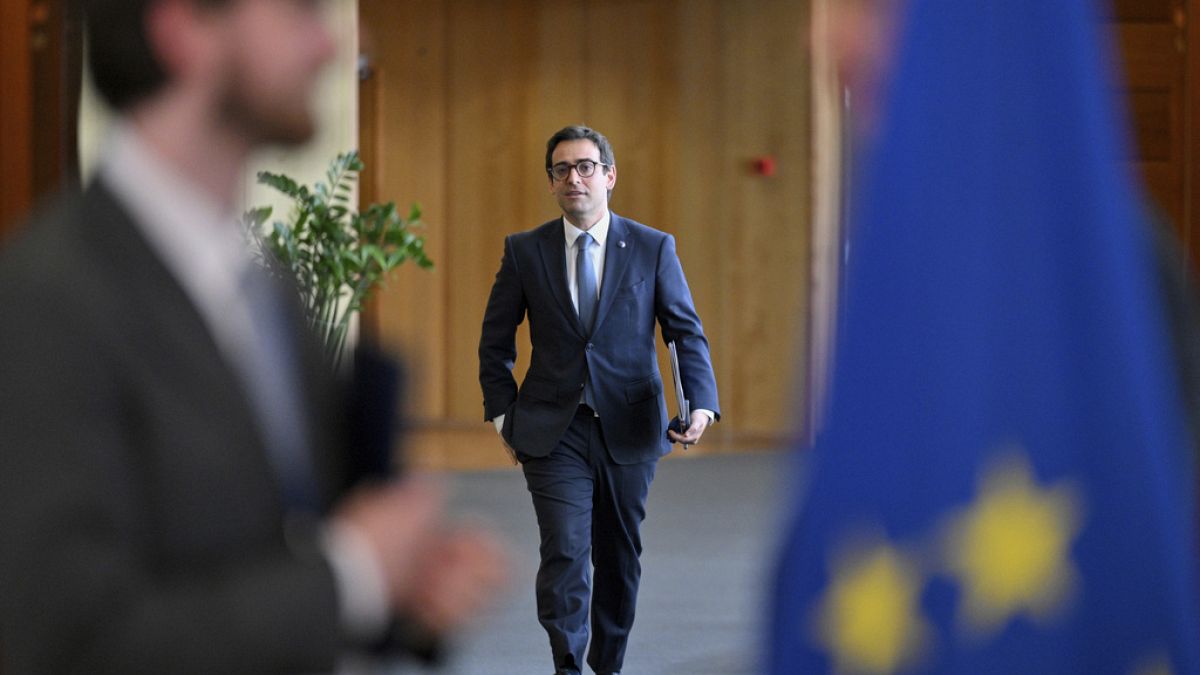
 World1 week ago
World1 week agoDigitisation fronts new Commission strategy to boost EU single market
